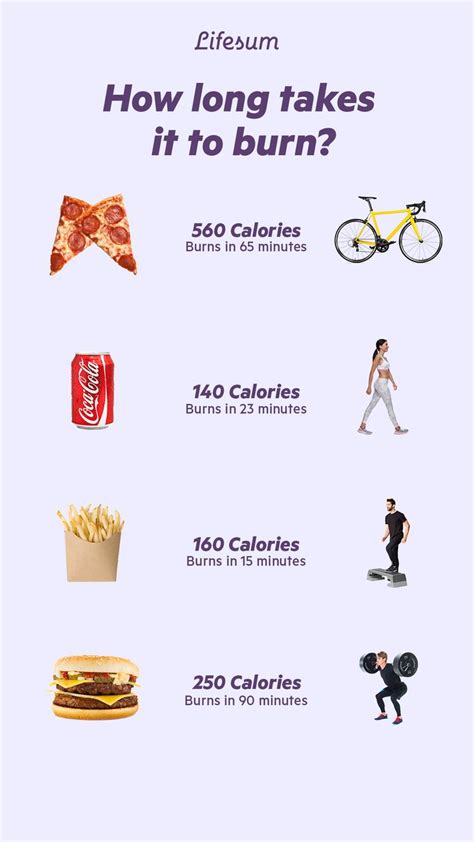Caesar Dressing - calories, carbs, nutrition
Caesar Dressing contain several important nutrients: 1 Packet only contains 170 calories, on average. However, more than 2% of caesar dressing is composed of carbs 1 grams. It also contains 18 grams of fat, 1 grams of protein and 1 grams of sugar.

170 | 1 g (2%) | 1 g (2%) | 18 g (95%) | 1 g |
Caesar Dressing Nutritional Facts
Serving Size: 1 Packet
- Carbs - 1 g
- Dietary Fiber - 0 g
- Sugars - 1 g
- Fat - 18 g
- Saturated - 3 g
- Polyunsaturated - 0 g
- Monounsaturated - 0 g
- Trans - 0 g
- Protein - 1 g
- Sodium - 380 mg
- Potassium - 0 mg
- Cholesterol - 0 mg
- Vitamin A - 4 %
- Vitamin C - 0 %
- Calcium - 2 %
- Iron - 0 %
Percentages are based on a diet of 2000 calories a day.
How many calories are in caesar dressing?
Caesar Dressing contain around 170 calories, but this can vary by the serving size and how you consume it. Below are the calorie contents of different serving sizes of caesar dressing:
- 1 Packet: 170 grams
If you are unsure about the size of your caesar dressing, you can estimate that an average caesar dressing contains about 170 calories. About 2% of caesar dressing calories come from carbs, 2% from protein, and 95% from fat.
How many carbs are in caesar dressing?
Here is the carb content of standard serving sizes caesar dressing:
- 1 Packet: 1 grams
Caesar Dressing also contains 0 grams of fiber, depending on its size. You can subtract 0 grams if you are looking for the net carb content 1 (net carbs = total carbs - fiber).
How does Caesar Dressing fit into your Daily Goals?
This table contains Fitness Goals for Heart Healthy:
| Used | Left | |
|---|---|---|
| Calorie Goal | 170/2000 Cal | 1830 Cal |
| Fat | 18/67 g | 49 g |
| Sodium | 380/2300 mg | 1920 mg |
| Cholesterol | 0/300 mg | 300 mg |
This table contains Fitness Goals for Low Carb:
| Used | Left | |
|---|---|---|
| Calorie Goal | 170/2000 Cal | 1830 Cal |
| Carbohydrates | 1/250 g | 249 g |
| Sugar | 1/75 g | 74 g |
| Fiber | 0/25 g | 25 g |
This table contais Fitness Goals for Macronutrients Focused:
| Used | Left | |
|---|---|---|
| Calorie Goal | 170/2000 Cal | 1830 Cal |
| Fat | 18/67 g | 49 g |
| Carbohydrates | 1/250 g | 249 g |
| Protein | 1/75 g | 74 g |
How long would it take to burn off 170 calories?
Values estimated based on person weighing 140 lbs.
- Cycling - 26 minutes
- Running - 17 minutes
- Cleaning - 62 minutes
- Hiking - 84 minutes
- Yoga - 75 minutes
- Burpee - 90 minutes
- Tennis - 25 minutes
- Volleyball - 42 minutes
- Rowing - 60 minutes
- Snowboarding - 54 minutes
- Infrared Sauna - 47 minutes
- Sleep - 47 minutes
How many protein are in caesar dressing?
Caesar Dressing is a good source of quality protein, with just 1 Packet containing 1 grams.
Look at the list of protein content in different servings of caesar dressing:
- 1 Packet: 1 grams
Protein is necessary for many vital functions in your body, including growth and development, cellular repair and immune system regulation.
How many sugar are in caesar dressing?
However, despite having all the nutritious qualities of caesar dressing, 1 Packet of caesar dressing comes with almost 1 extra grams of added sugar.
Compare the sugar content of different servings of caesar dressing:
- 1 Packet: 1 grams
If you are liberal with your servings, this makes it easy to consume a lot of sugar without meaning to. To make sure you are not getting too much, check the labels and choose serving with the least amount of added sugar. Also, remember to watch your portion size.
How much fat is in caesar dressing?
Caesar Dressing contain on average 18 grams of total fat per serve (1 Packet) – the majority - 15 grams - of that fat is also classified as unsaturated, with only 3 grams being saturated fat.
Here is an example of the fat content in popular servings of caesar dressing:
- 1 Packet: 18 grams
The tables below include tabular lists for selected basic foods, compiled from United States Dept. of Agriculture (USDA) sources. Included for each food is its weight in grams, its calories, and (also in grams,) the amount of protein, carbohydrates, dietary fiber, fat, and saturated fat. As foods vary by brands and stores, the figures should only be considered estimates, with more exact figures often included on product labels. For precise details about vitamins and mineral contents, the USDA source can be used.

 mainadmin
mainadmin 

















